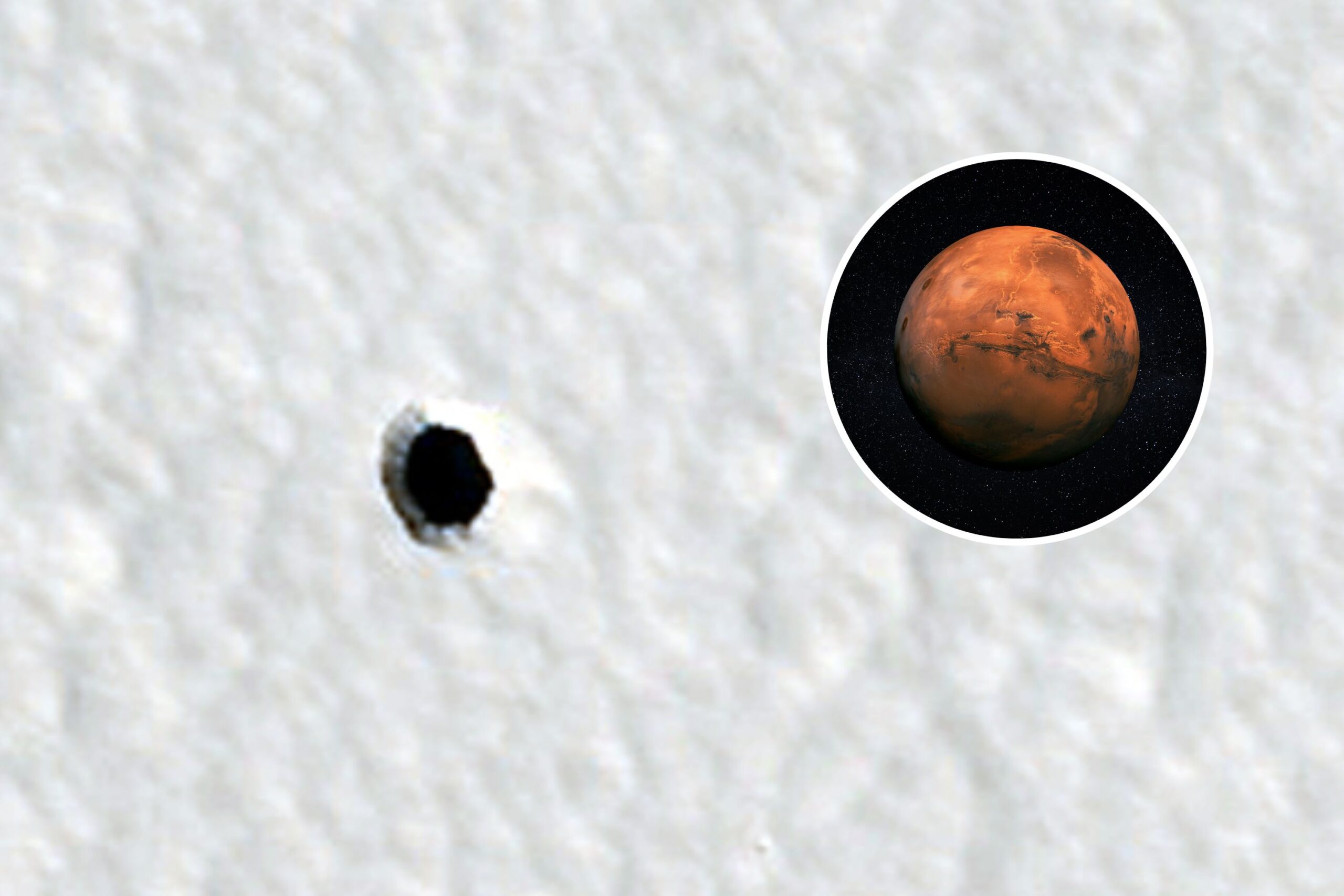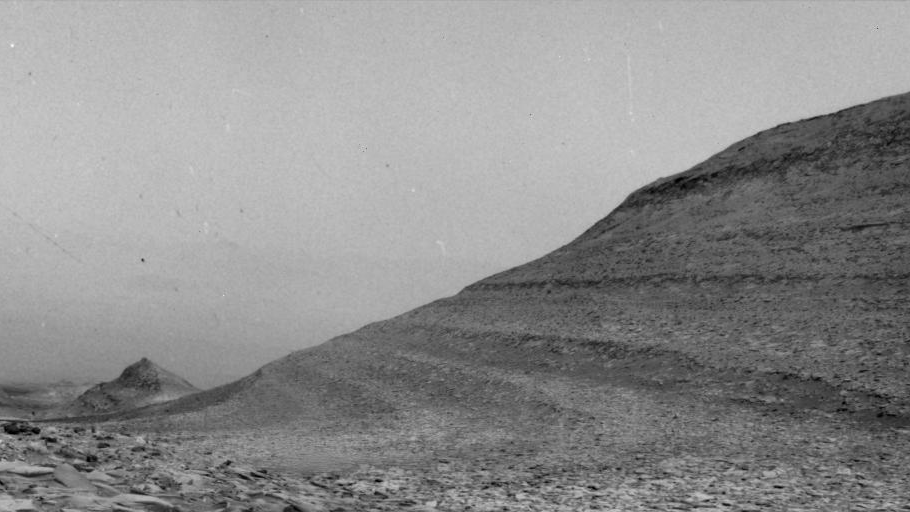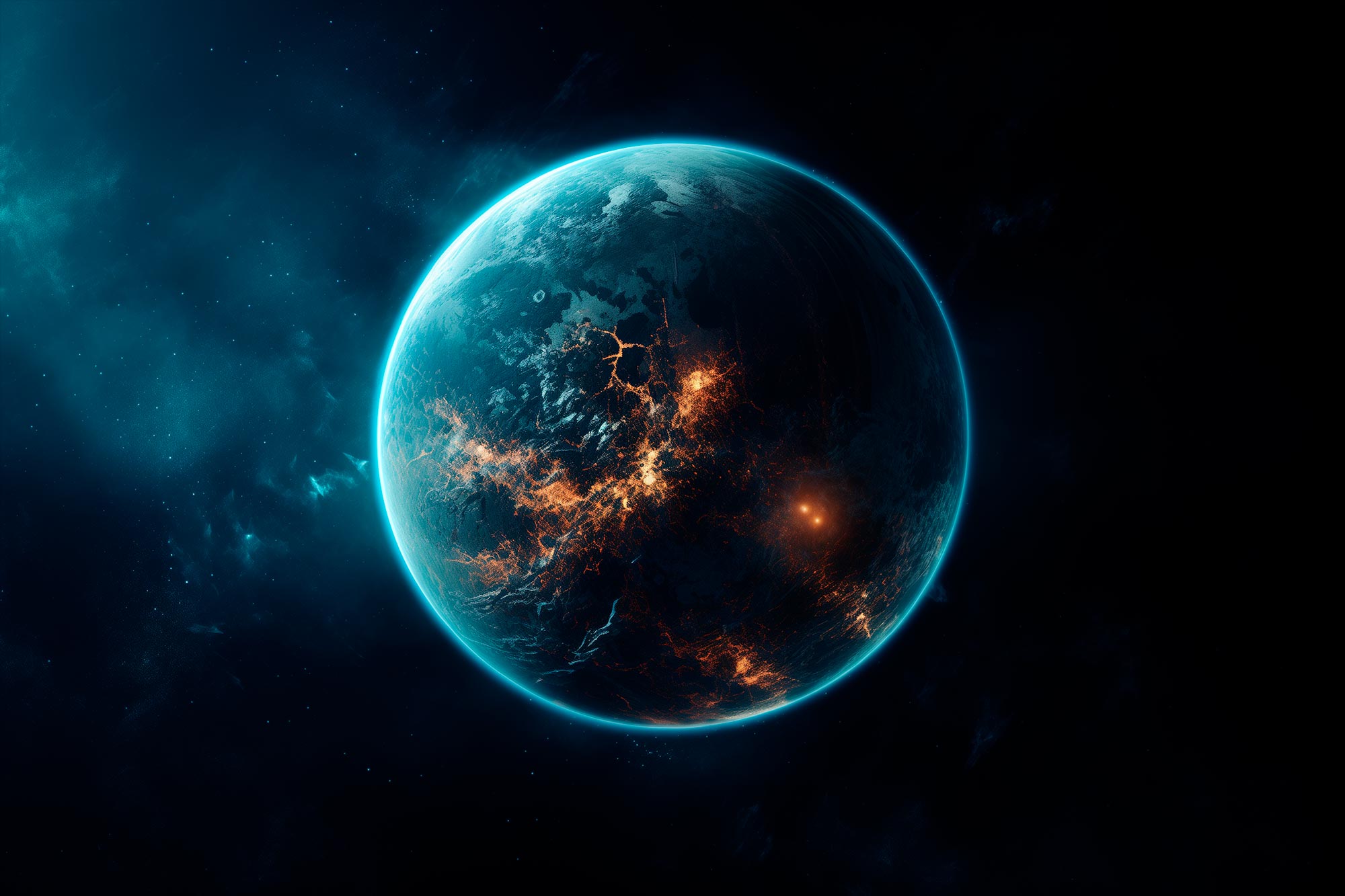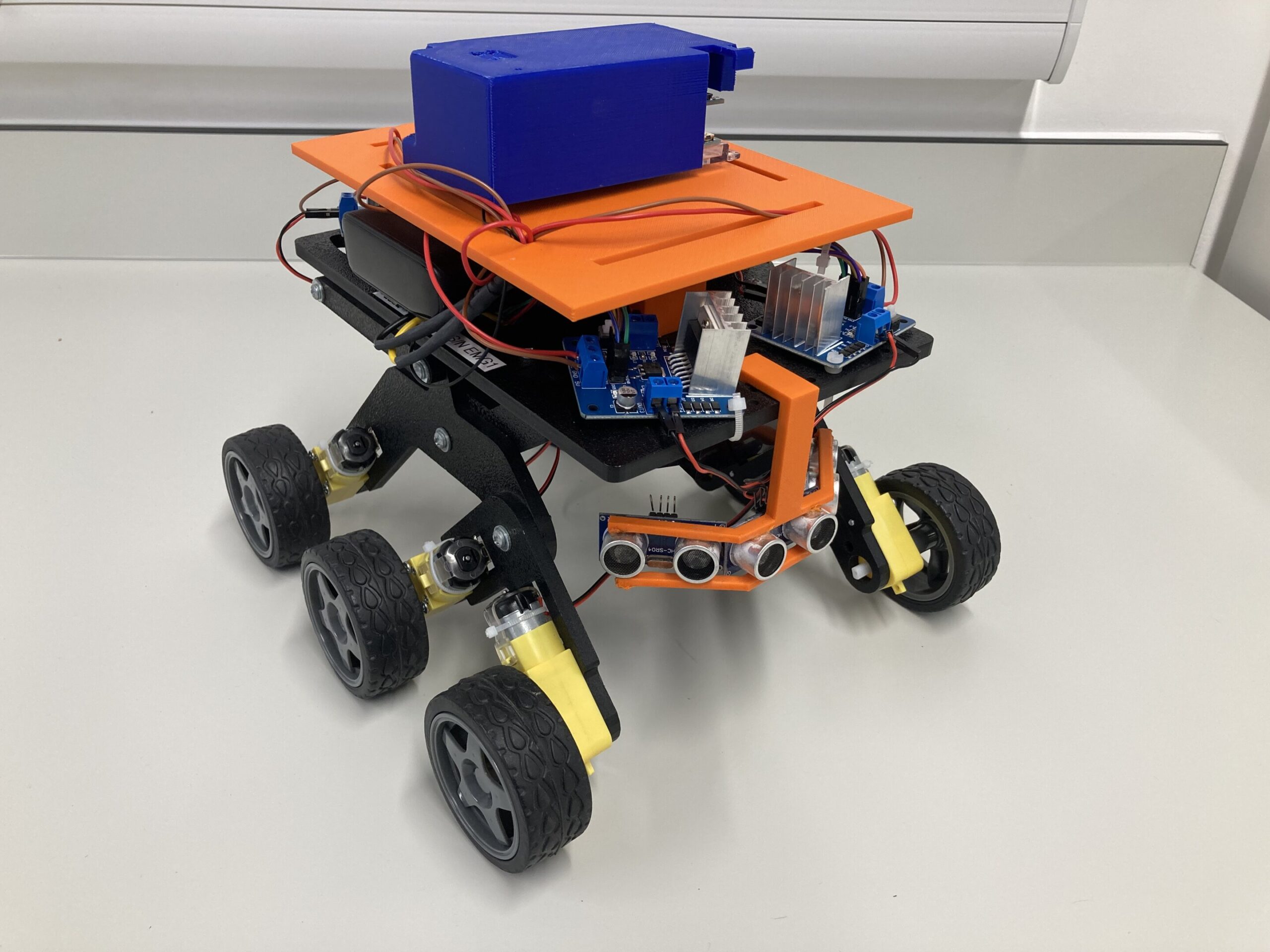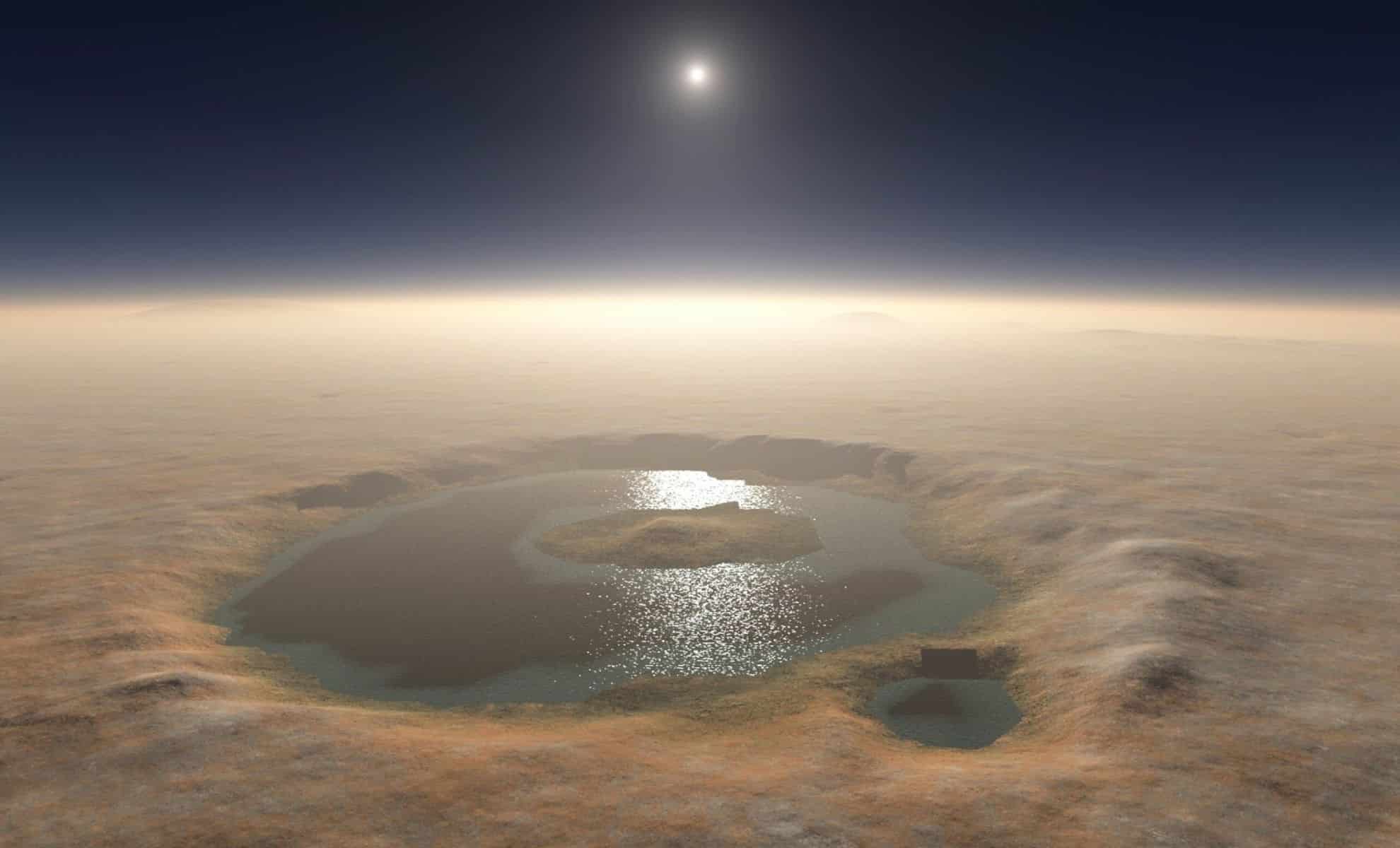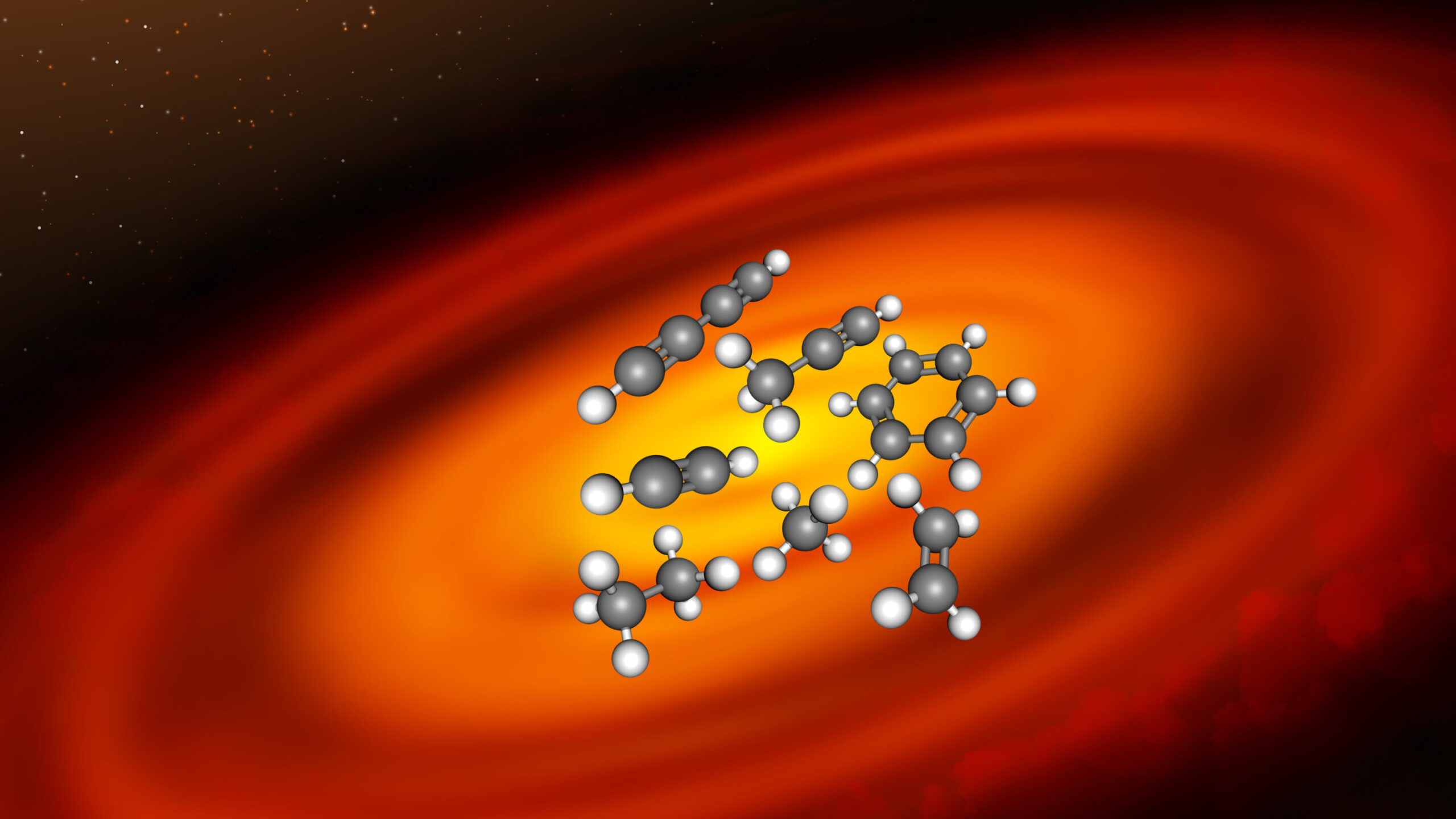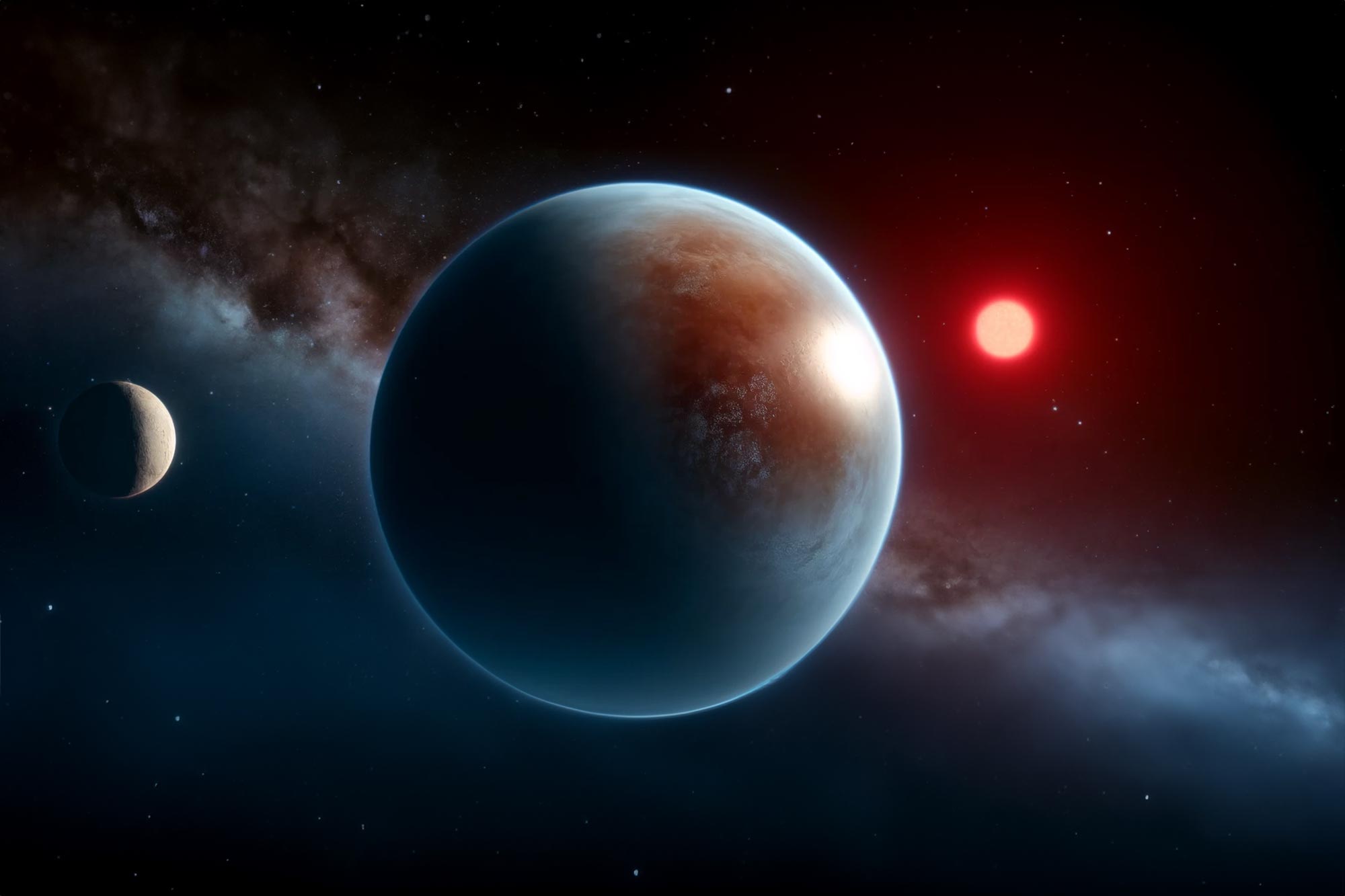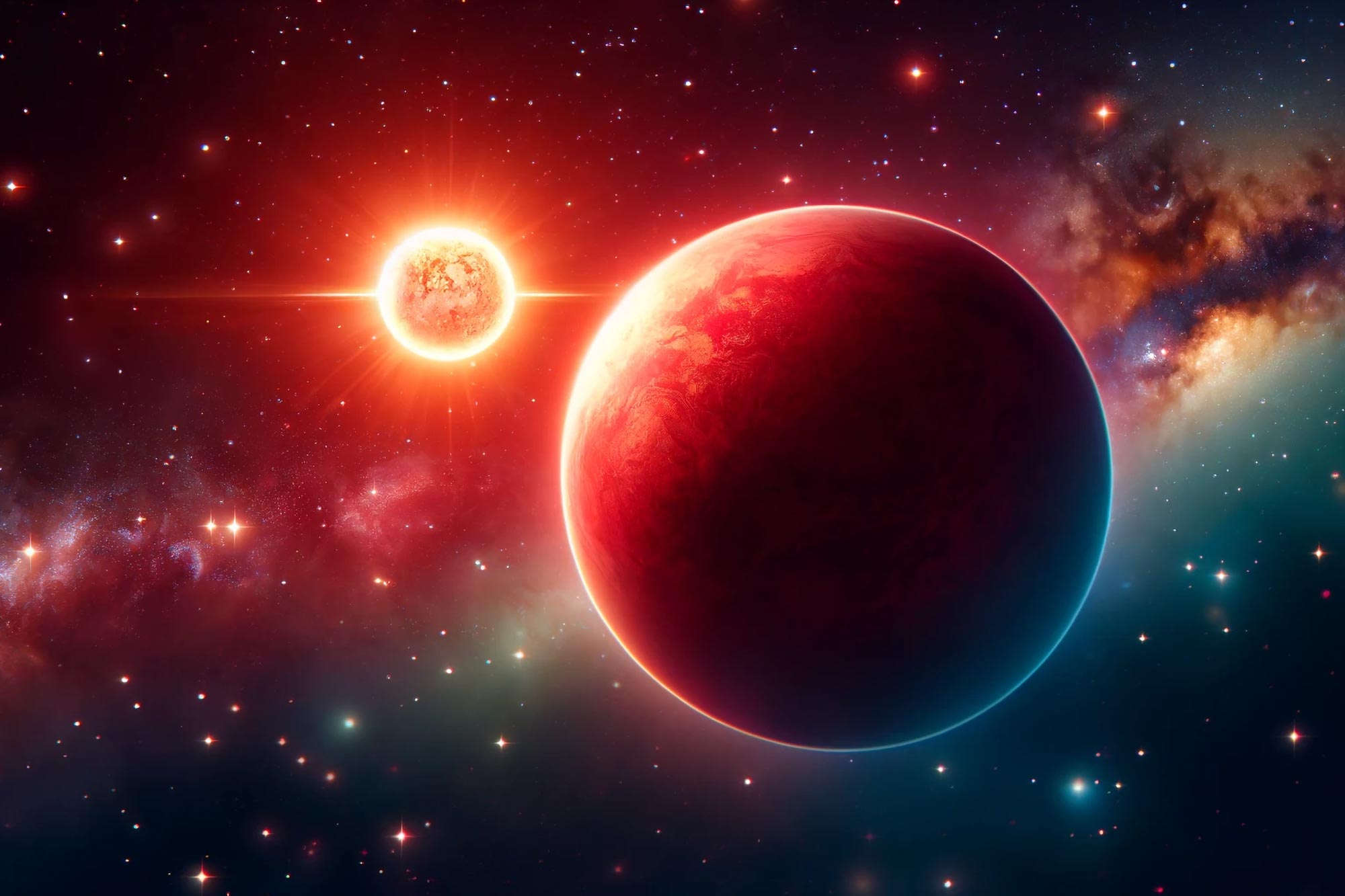NASA administrator says ‘at least a trillion’ other planets like Earth could exist in the universe
NASA has plans to return astronauts to the moon’s surface in the near future. Next year, four astronauts will orbit the moon. “We don’t have to go back to the moon just for the moon. We go back to learn new things. So we can go to Mars and beyond,” said Administrator Bill Nelson. The … Read more


